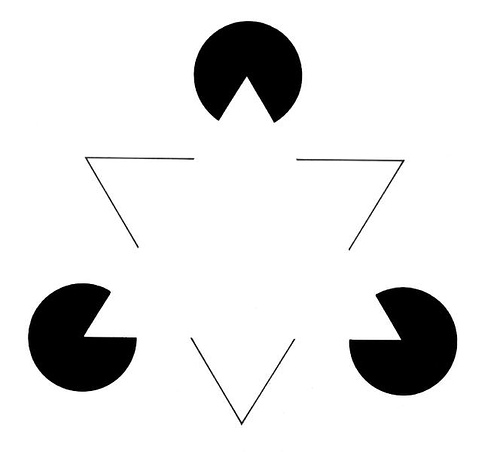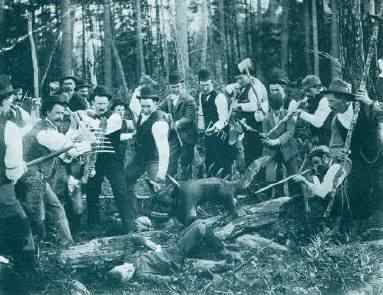Every year since 1949, a mysterious figure has visited the grave of Edgar Allan Poe on the author’s birthday, Jan. 19.
Early in the morning, a black-clad figure with a silver-tipped cane enters the Westminster Hall and Burying Ground in Baltimore, goes to Poe’s grave, raises a toast of cognac, and leaves behind three red roses.
He wears a black coat and hat and obscures his face, so his identity is unknown, but in 1993 he left a note saying “The torch will be passed.” In 1999, a second note said that the toaster had died … but since then a younger person has apparently taken his place.
“All that we see or seem,” Poe wrote, “is but a dream within a dream.”



